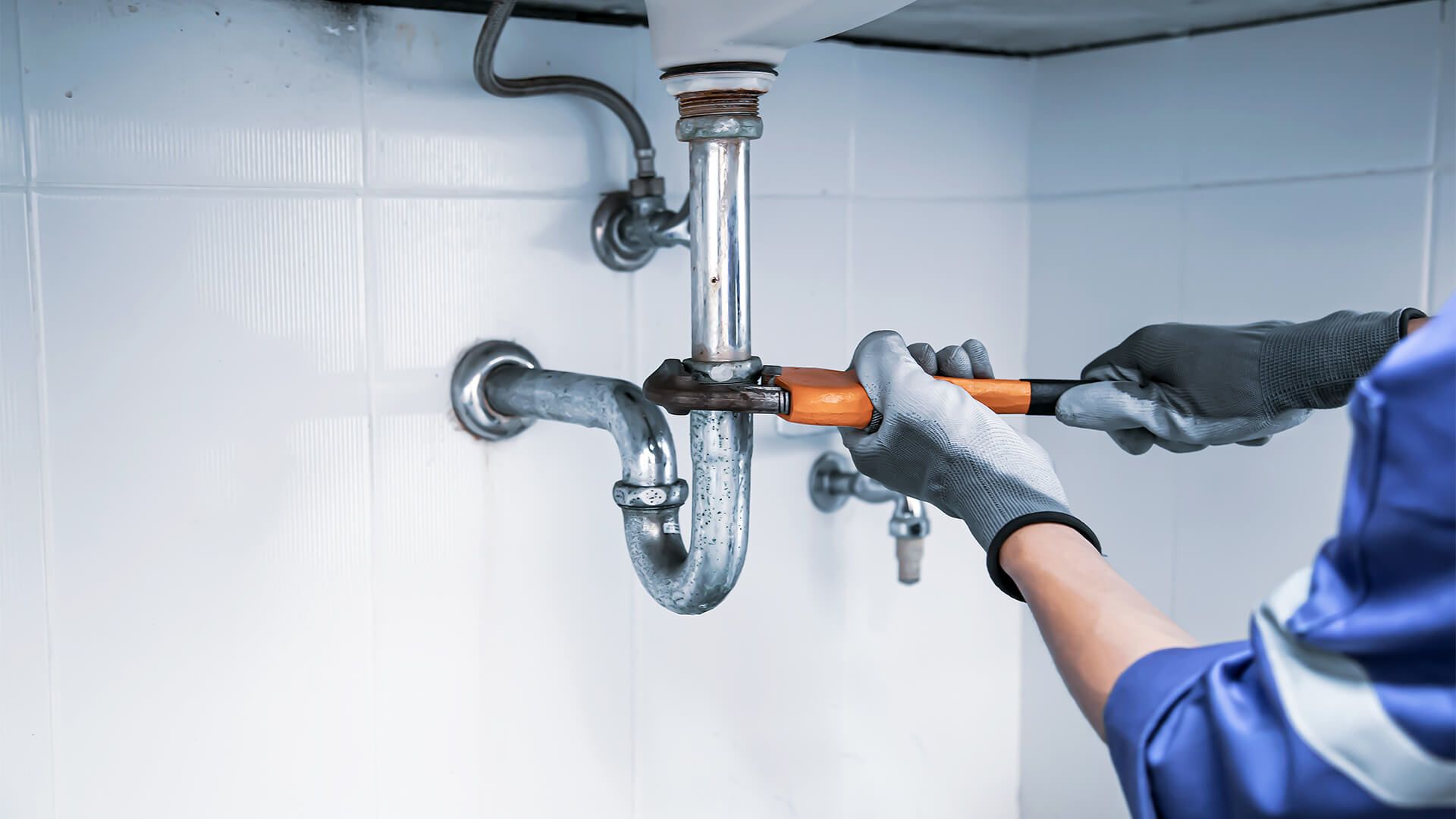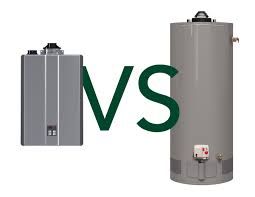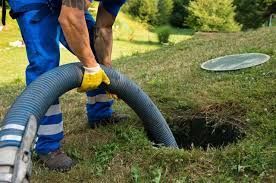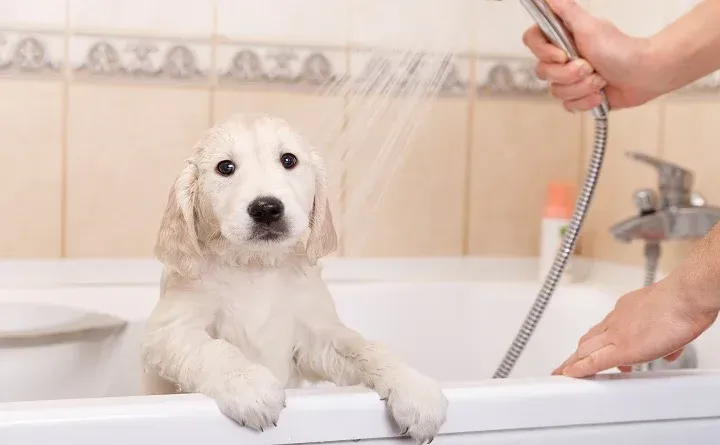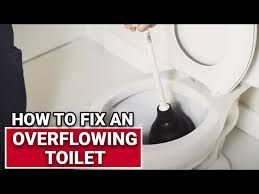31 Ways to Prevent Waterline Damage in Your Home
Waterline damage is more than an inconvenience—it can lead to significant water wastage, high repair costs, and even structural damage to your home. With proper preventive measures, homeowners can avoid these costly issues. This article covers 31 detailed strategies to protect your waterlines from damage, with links to authoritative resources, statistics, and expert insights.
1. Schedule Regular Waterline Inspections
Regular inspections are critical for early detection of small leaks, cracks, or corrosion that can lead to significant waterline damage over time. Homeowners should inspect exposed pipes or hire a licensed plumber for thorough checks.
Why it matters:
According to the EPA, household leaks waste nearly 1 trillion gallons of water annually in the U.S., with much of it coming from undetected leaks. Early detection can save both water and repair costs. Routine inspections are the first line of defense in preventing leaks from becoming severe damage.
2. Monitor and Regulate Your Water Pressure
High water pressure may seem beneficial, but it can put undue stress on your pipes, leading to cracks or bursts. Standard home water pressure should range between 40 to 60 psi. You can install a water pressure regulator to maintain safe levels.
Why it matters:
The Insurance Institute for Business & Home Safety (IBHS) found that homes with sustained water pressure over 80 psi are more than twice as likely to suffer major water damage. Regular monitoring and adjustments prevent long-term pipe wear.
3. Detect Hidden Water Leaks Early
Not all leaks are visible, especially if they occur behind walls or underground. Look for signs such as increased water bills, damp spots, or a decrease in water pressure. A professional can use specialized tools, like thermal imaging, to detect hidden leaks.
Why it matters:
Research by the American Water Works Association (AWWA) suggests that hidden leaks, if not addressed, can waste up to 10,000 gallons per year in a single household. Early detection reduces water waste and potential damage.
4. Insulate Water Pipes in Cold Climates
In cold climates, frozen pipes are a common cause of waterline damage. When water freezes, it expands, causing pipes to crack or burst. Insulate pipes in unheated areas like basements or attics using foam covers or heat tape.
Why it matters:
The Federal Emergency Management Agency (FEMA) reports that a single burst pipe can release up to 250 gallons of water per day. Proper insulation can prevent freezing, particularly during extreme cold spells.
5. Avoid Chemical Drain Cleaners
While chemical drain cleaners can clear clogs, they often corrode pipes over time, especially if used frequently. Opt for eco-friendly solutions or mechanical methods like a plumber’s snake.
Why it matters:
Frequent use of chemical cleaners can reduce pipe lifespan, leading to unexpected failures. According to Consumer Reports, chemical drain cleaners can erode pipes and increase the risk of leaks by up to 30% in older homes
6. Address Pipe Corrosion Immediately
Corroded pipes are prone to leaks and bursts. Signs of corrosion include discolored water, metallic tastes, or visible rust on pipes. Regularly check older homes for signs of corrosion and replace pipes as needed.
Why it matters:
According to the National Association of Home Builders (NAHB), galvanized steel pipes, common in homes built before 1960, have a lifespan of 40 to 50 years. Once corrosion sets in, it’s essential to replace pipes to prevent failure.
7. Manage Tree Roots Near Waterlines
Tree roots are one of the most frequent causes of underground waterline damage. Roots naturally seek out moisture, and if they find a small leak, they can grow into the pipe and cause blockages or bursts.
Why it matters:
A report by the International Association of Certified Home Inspectors (InterNACHI) states that tree roots are responsible for about 80% of sewer and waterline damage in homes. Use root barriers or remove problematic trees if necessary.
8. Install a Water Pressure Regulator
A water pressure regulator can help maintain a consistent water pressure level, preventing strain on your pipes. It’s especially important in areas where municipal water pressure is frequently high.
Why it matters:
The American Society of Plumbing Engineers (ASPE) recommends installing a regulator in homes with water pressure exceeding 80 psi, as this can drastically reduce pipe wear and the risk of damage over time.
9. Avoid DIY Plumbing Fixes
While DIY repairs can save money, improper plumbing fixes often lead to bigger problems. Avoid attempting complex waterline repairs without professional assistance, as incorrect fixes can lead to leaks or pipe damage.
10. Replace Aging Pipes Before They Fail
Aging pipes are more susceptible to bursts and leaks. If your home has old plumbing—especially galvanized steel or cast iron—it’s time to consider replacing them with modern materials like PEX or copper.
Why it matters:
According to the Environmental Protection Agency (EPA), homes with outdated plumbing systems are at a higher risk of leaks and lead contamination. Replacing aging pipes ensures a safe and efficient waterline system.
11. Protect Pipes from Freezing with Covers
During the winter months, frozen pipes are a leading cause of waterline damage. Covering exposed pipes with foam pipe covers or using heat tape can prevent freezing and the costly damage it can cause.
Why it matters:
A study by the Institute for Business & Home Safety (IBHS) found that frozen pipes account for 20% of water damage claims. Taking preventive action, such as covering pipes, can save homeowners thousands of dollars in repairs.
12. Schedule Regular Professional Maintenance
Professional plumbers can spot potential issues you might miss. Scheduling annual maintenance checks helps catch minor problems before they escalate into major waterline damage.
Why it matters:
According to HomeAdvisor, professional maintenance checks typically cost between $200 to $500, but the cost of water damage from neglected pipes can reach $5,000 to $10,000. Regular upkeep saves you in the long run.
13. Check Your Gutters Regularly
Clogged gutters can cause water to overflow, leading to damage around your foundation and roof. Clean gutters twice a year, especially in the fall and spring, to ensure water drains away from your home properly.
Why it matters:
A U.S. Department of Agriculture report found that blocked gutters contribute to over 30% of water damage incidents in homes. Properly maintained gutters keep excess water from eroding your foundation or leaking into your roof.
14. Install Water Alarms
Water alarms are a simple yet effective tool to detect leaks early. These devices alert you to any unusual moisture levels, allowing you to take immediate action before a small leak turns into a flood.
Why it matters:
According to the Insurance Information Institute (III), homes equipped with water alarms report 40% fewer water damage claims, as leaks are often detected before they cause significant damage.
15. Inspect Your Sump Pump Regularly
Your sump pump is a critical line of defense against basement flooding. Inspect it annually to ensure it's functioning correctly, especially before heavy rainfall or snowmelt.
Why it matters:
The Federal Emergency Management Agency (FEMA) warns that malfunctioning sump pumps are a leading cause of basement floods, which can cost homeowners an average of $10,000 in repairs. Regular maintenance can prevent catastrophic flooding.
16. Install Leak Detectors in Vulnerable Areas
Leak detectors can be installed near water heaters, dishwashers, or washing machines—places where leaks are likely to occur. These detectors sound an alarm or send an alert when water is detected, minimizing damage.
Why it matters:
The National Flood Insurance Program (NFIP) reports that early leak detection can reduce water damage repair costs by up to 50%.
17. Conduct Regular Roof Inspections
A leaky roof is one of the leading causes of water damage in homes. Conduct seasonal roof inspections to identify missing shingles, cracks, or pooling water. Addressing minor roof issues early can prevent significant water damage.
Why it matters:
Roof leaks are responsible for 25% of home water damage claims, according to the National Roofing Contractors Association (NRCA). Regular inspections and maintenance help prevent costly repairs.
18. Check and Insulate Pipes in Cold Areas
During winter, uninsulated pipes are vulnerable to freezing and bursting. Insulate pipes in cold areas of your home, like basements or attics, to prevent water damage caused by frozen pipes.
Why it matters:
According to the Insurance Institute for Business & Home Safety (IBHS), homes with frozen pipes face an average of $5,000 in repair costs. Insulation is a simple yet effective solution to protect your plumbing during cold months.
19. Check Hoses and Faucets Regularly
Hoses connected to appliances like washing machines and refrigerators can become brittle over time and start leaking. Inspect these hoses every few months and replace any that show signs of wear.
Why it matters:
The Insurance Information Institute (III) found that 75% of washing machine-related water damage stems from hose failures. Replacing old hoses can save you from a costly flood in your home.
20. Ensure Proper Caulking Around Windows and Doors
Poor caulking around windows, doors, and other entry points can allow water to seep into your home. Check for deteriorating caulk annually and reapply as needed to prevent water intrusion.
Why it matters:
A report from the National Association of Home Builders (NAHB) states that homes with deteriorating caulking are more likely to experience mold growth and wood rot, both of which are costly to fix.
21. Fix Leaks Immediately
A small leak might seem insignificant, but left unchecked, it can lead to significant damage. Fix any leaks in your home as soon as they’re discovered to prevent future problems.
Why it matters:
The EPA estimates that fixing easily corrected household leaks can save homeowners 10% on their water bills. Timely repairs prevent further damage and save on water waste.
22. Maintain Your Drains to Prevent Blockages
Clogged drains can lead to water backup and damage. Regularly clean your drains and avoid pouring grease or large food particles down the kitchen sink.
Why it matters:
The American Society of Plumbing Engineers (ASPE) found that 80% of home drainage issues are due to improper disposal of materials in sinks. Preventative maintenance avoids major plumbing repairs.
23. Maintain Appliances to Prevent Water Damage
Appliances such as dishwashers, water heaters, and washing machines are common sources of leaks. Regular maintenance, including checking hoses, connections, and drainage, helps prevent water damage.
Why it matters:
The Consumer Reports found that the average repair cost for water damage from malfunctioning appliances can reach $1,800. Regular maintenance can prevent these costly issues.
24. Shut Off Water When Away from Home
If you’re going on vacation or leaving home for an extended period, shut off the water supply to prevent leaks or floods while you’re away.
Why it matters:
A survey by State Farm Insurance found that homes left unattended for long periods without shutting off water are at 30% higher risk of water damage. This simple step can prevent potential disasters.
25. Check Plumbing Fixtures Regularly
Inspect toilets, faucets, and showerheads for leaks or wear. Even small drips can lead to significant water loss and damage over time.
Why it matters:
The EPA reports that 10% of homes have leaks that waste 90 gallons or more per day. Regular checks of fixtures can prevent water loss and damage.
26. Check Water Supply Lines
Water supply lines to appliances can become cracked or corroded over time. Regularly check these lines and replace them if necessary to prevent leaks and water damage.
Why it matters:
A study by the Institute for Home Science and Safety found that supply line failures cause 40% of home flooding events. Replacing aging supply lines reduces this risk.
27. Consider Installing French Drains
French drains can help manage water around your foundation, directing it away from your home to prevent pooling and potential foundation damage.
Why it matters:
The U.S. Geological Survey (USGS) found that poor drainage around homes is a leading cause of basement water issues. Installing French drains ensures proper water flow away from your foundation.
28. Keep Trees Trimmed Away from Waterlines
Roots from large trees near your home can invade and damage underground waterlines. Regularly trim trees and remove any that pose a risk to your water system.
Why it matters:
The International Society of Arboriculture (ISA) found that tree roots cause 25% of waterline damage in homes. Proper tree maintenance reduces the risk of root intrusion into your plumbing.
29. Monitor Your Water Bill for Unusual Changes
An unexpected spike in your water bill could indicate a hidden leak. Keep an eye on your monthly water usage and investigate any unexplained increases.
Why it matters:
The EPA suggests that hidden leaks in a home can waste up to 10,000 gallons of water annually. Monitoring your water bill can alert you to unseen water issues before they cause significant damage.
30. Guard Your Foundation and Basement
Ensure proper grading around your home to direct water away from the foundation. This prevents water pooling, which can lead to foundation cracks and basement leaks.
Why it matters:
According to Foundation Repair Experts, water pooling around the foundation accounts for 80% of structural damage in homes. Proper grading and drainage systems can mitigate this risk.
31. Install a Pressure Release Valve
Installing a pressure release valve in your plumbing system can protect your pipes from excessive pressure buildup, which could lead to pipe bursts and water damage.
Why it matters:
The American Water Works Association (AWWA) states that high water pressure is a leading cause of pipe damage in homes. A pressure release valve helps maintain optimal water pressure and prevent leaks.
Frequently Asked Questions (FAQs)
- How to prevent water damage in your house? Regular inspections, proper insulation, and maintaining plumbing fixtures are essential steps to prevent water damage.
- How to stop water leaking into a house? Ensure proper sealing around windows and doors, maintain your roof, and check for cracks in the foundation to prevent leaks.
- Can water damage be fixed in a house? Yes, water damage can often be repaired, but the extent of the damage will determine the necessary steps, which may include structural repairs or mold remediation.
- How can leaks be prevented? Regularly inspect plumbing fixtures, use leak detectors, and replace worn hoses or pipes to prevent leaks.
- What are the signs of water damage in a home? Look for water stains on ceilings and walls, mold growth, peeling paint, or an unusually high water bill.
- How often should I check my gutters? It's recommended to check and clean your gutters at least twice a year, preferably in the spring and fall.
- Do sump pumps prevent water damage? Yes, sump pumps help remove excess water from basements and crawl spaces, significantly reducing the risk of flooding.
- What is the best way to insulate pipes? Foam pipe insulation sleeves or heat tape are effective methods for insulating pipes, especially in cold areas.
- How can I tell if my water pressure is too high? Use a water pressure gauge; if your pressure exceeds 60 psi, consider installing a pressure regulator.
- What should I do if I notice a leak? Fix leaks immediately by tightening fittings or replacing damaged parts. If unsure, consult a plumber to avoid further damage.
Preventing waterline damage is crucial for maintaining the integrity of your home. Regular inspections, prompt repairs, and proactive measures can save you significant time and money. Need help with waterline maintenance? Contact All City Plumbers today for professional inspections and repairs!
Also Read

